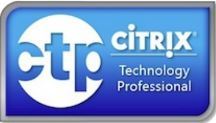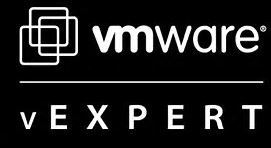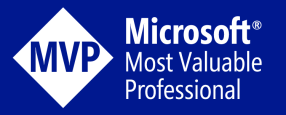The need to back up files you’re storing in the Cloud is a contentious topic. Some would argue that the resilience and redundancy built into services like Office 365 mean that paying for any additional backup solution is overkill and unnecessary. Others would argue (strongly) that the resilience is purely for the SaaS provider’s benefit should there be an infrastructure failure and that your restoration options are limited if you need to recover from a data corruption or intentional, historical deletion (think of rogue ex-employees when you don’t discover the damage until after they’ve long gone).
This has opened the market to a significant amount of Cloud backup providers who vary in price, backup frequency and backup location. Most commonly, the providers are focussed on protecting a single solution, e.g. Office 365 or Google Apps or Salesforce.
Recently, I had the chance to learn about a different approach to Cloud backups and data compliance. As a guest of Tech Field Day, I met the Druva team in their San Jose office.
Pick your source and your destination
The first thing that got my attention was that Druva’s inSync product supports a number of different data sources. Within your organization, you can back up data on desktops/laptops (Windows, Mac or Linux), smartphones, tablets and BYO devices – up to 10 devices per person (license). If you’re using Office 365 (OneDrive for Business & Exchange Online), Google Apps for Work (Gmail & Google Drive) or Box, you can include those too. Sharepoint Online support is on the roadmap for 2017. So as well as one product to cover multiple Cloud SaaS products, you also have control over and visibility of files on devices. As adoption of Cloud solutions grow, that ‘single pane of glass’ becomes more important. If you’re wondering why you’d be running say Google Apps AND Box … let me introduce you to the SMB customer, where this is more common than you’d think.
You then have the choice of storing your backups on your own on-premises server, or on AWS or Microsoft Azure.
Preserve your settings
inSync doesn’t stop at files. Persona backup includes personalized settings for the user on Windows and Mac. It’s a little thing, but it makes a big difference when rebuilding a device or provisioning a replacement one. For a full list of preserved settings click here.
[wp_ad_camp_1]
Ensure information compliance, everywhere
Druva then goes one step further by providing compliance protection across all of those data sources. Start with predefined compliances templates ((HIPAA, GLBA, PCI etc.) or customize your own. InSync will then automatically scan the source data locations, identify and alert about data risks. This provides you with full visibility of compliance across all of your staff and all of the places they save data and the ability to quickly respond to breaches regarding personal health information, personally identifiable information, personal credit information and more.
Control for systems adminstrators
There are a number of other great features in the Druva solution to make life easier for systems administrators. A self-service feature can be enabled to let end users restore their own files to any one of their devices. And behind the scenes, deduplication smarts, Cloud cache, bandwidth throttling and resource throttling all help to ensure that the impact of this solution is minimal and unobtrusive to the end user. They have a comprehensive Partner program including an offering especially for MSPs that includes centralized management of multiple customers.
In summary
Sometimes ‘hybrid’ doesn’t mean full federation between on-premises and Cloud systems. Sometimes it’s more of a mix of files you save on your local network and files you save in one (or more) SaaS solutions. With this technology sprawl, especially in SMBs, it’s getting harder and harder for systems administrators to protect and control data and ensure compliance.
Druva’s products definitely address that challenge in the market and are worth taking a look at if your data extends beyond your own data centre.
Disclaimer: The writer attended the Druva presentation as a guest of Tech Field Day, who covered her travel expenses. The writer was not paid to attend this event nor was she paid by Tech Field Day or Druva to write this article. Druva did give her a cool pair of socks, a pen and a cool cable adaptor she’s named ‘a thing to plug your things into your other things.’














Trackbacks/Pingbacks